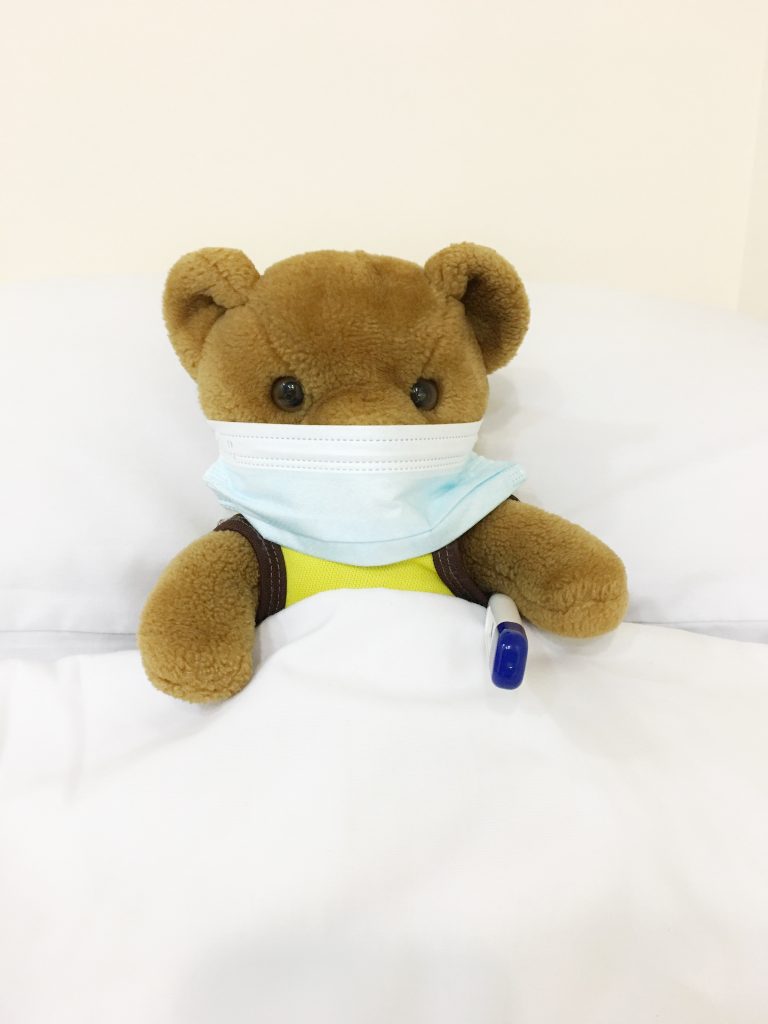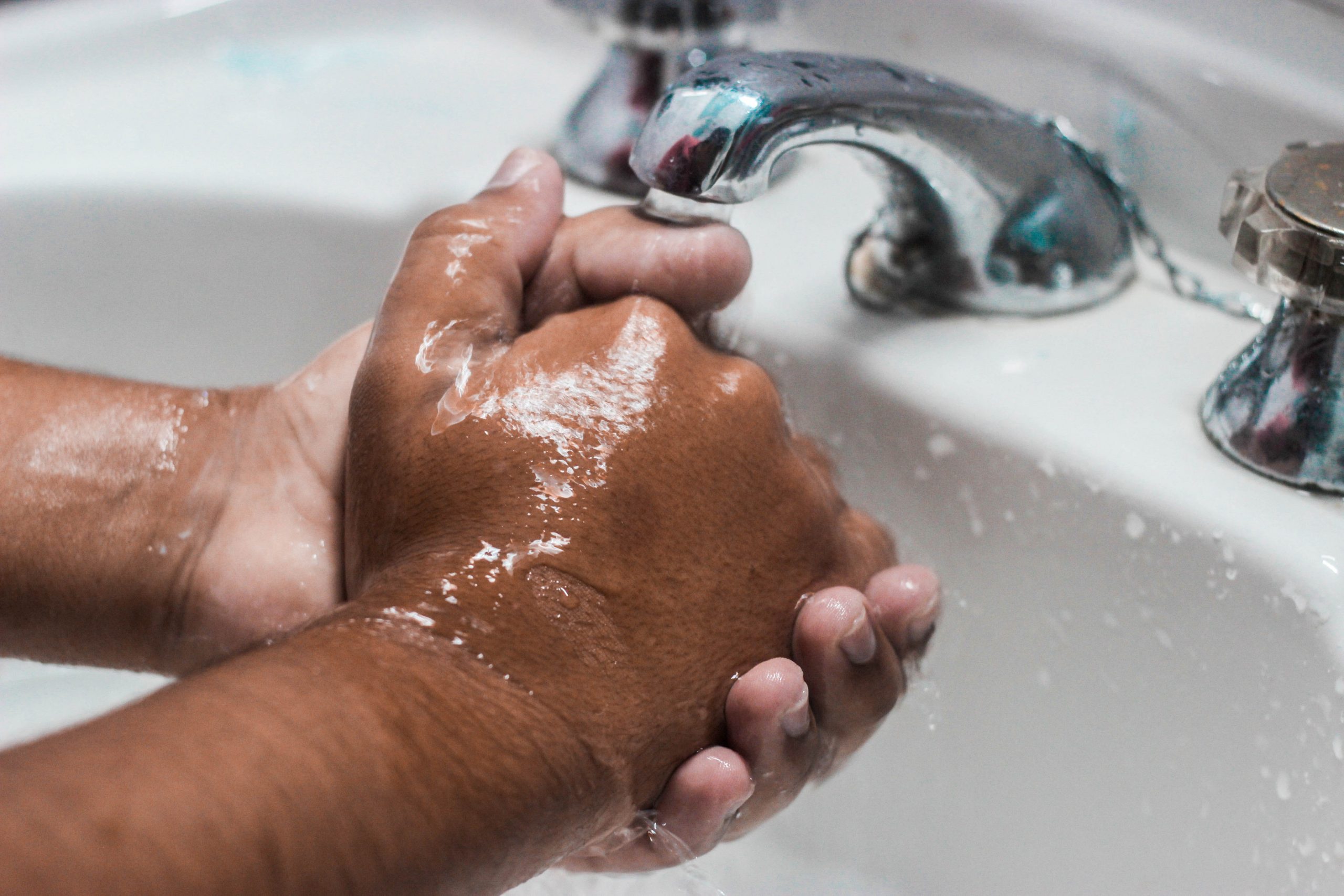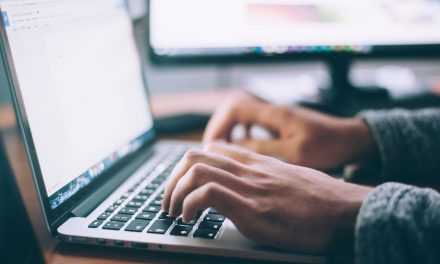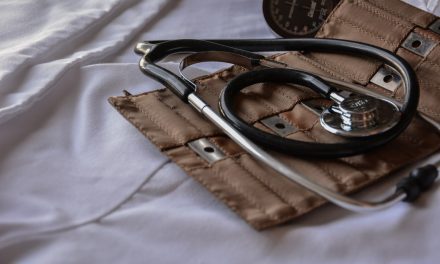Hospitals and clinics can easily become a hotspot for various infections if adequate measures aren’t in place to prevent the risk of transmission. But there’s a greater risk of infection at pediatric offices, mainly because of the category of patients it caters to. Babies and young children are more prone to readily acquire and transmit infections. Naturally, it becomes even more important to have solutions for infection prevention and control in pediatric offices.
This could get a little tricky for pediatrics though. That’s because you have to decide whether the benefits of a child-friendly office where children are able to practice their social skills outweigh the risk of infection that they could acquire here. To help you strike a balance between the two, here are a few tips that you could make use of for the betterment of all.

Infection prevention and control in pediatric offices is particularly challenging.
Factors Influencing The Risk Of Infections In Pediatric Offices
Person-to-person interaction and biological or airborne transmissions contribute to the spread of infections. In a healthcare setting, the spread of infection can be attributed to 3 components. These are:
Source – It could be anything where infectious agents survive. It could be a part of the environment like hospital equipment, medical devices, countertops, etc. or it could also be people like patients, visitors, or healthcare workers.
Susceptible Person – This could be any individual who isn’t vaccinated or immune to a particular infectious disease. It could also be a person with immunodeficiency or someone with a compromised immune system.
Transmission – Infection in health care facilities can be transmitted through touch, sprays or splashes, inhalation of aerosolized particles, or through sharp injuries producing blood-borne pathogens.
4 Steps To Ensure Infection Prevention And Control In Pediatric Offices
There are various measures that can ensure infection prevention and control in pediatric offices. Some of these include:
Basic Hygiene
Both health personnel, as well as parents, need to maintain hand hygiene at all times. As a doctor, you need to wash your hands with soap and water or with an alcohol-based sanitizer immediately before and after contact with every patient. In addition to that, you should also instruct parents and children about the need for hand hygiene. Make sure to use personal protective equipment (PPE) whenever you anticipate direct contact with blood, body fluids, secretions, or excretions.
Disinfection And Sterilization
Proper handling, cleaning, and disinfecting of patient-care equipment and medical instruments is extremely important in a healthcare setting. Try using disposable equipment as far as possible and make sure to follow proper sterilization procedures before reuse. Make sure you store clean equipment out of reach of contamination, particularly by the inquisitive hands of children.
Cleaning Of Surfaces
Ideally, you should be following written policies and protocols for cleaning common surfaces regularly. All frequently-touched surfaces like the examination tables, treatment chairs, sinks, doorknobs, light switches, etc. should be cleaned daily using a low-level detergent-disinfectant or a detergent that’s approved for use in healthcare settings. You can cover the examination table with disposable paper or a washable cloth and change them between patients.
Cleaning Of Toys
Toys are one of the most common sources of transmitting infections among children, so it becomes extremely important to clean them for infection prevention and control. Ideally, you can request parents to carry their own toy for their child to prevent sharing. But if that isn’t a possibility, you have to try cleaning the toys between uses or at least at the end of every day.

Washing your hands frequently is one part of infection prevention in your office.
Things To Keep In Mind
- Places like pediatric offices need to have up-to-date Infection prevention and control practices. Just taking physical measures isn’t enough; as a doctor, you also need to mentally prepare your staff as well as the parents of young children to follow basic hygiene at all times.
- You also need to ensure that you keep your patient’s records out of harm’s way during the routine sterilization processes. Although you may have physical documents in place, it is always better to also have digitized records of all important documents like your patient’s health records.
- By using technology to the fullest, you can get a wider reach, increase patient retention, and also enhance your practice. As a doctor, you’re almost always on your toes. It becomes even more important for you to organize your time and help as many people out as possible.
Check out apps like ImmunifyMe, that can easily help you with patient record management. Along with storing a digitized copy of your patients’ records on the cloud, the app can also help you with new patient registration and appointment management.
Conclusion
There isn’t just one sure-shot solution for infection prevention and control in pediatric offices. The doctors, staff, and even the parents, together have to ensure that various steps are taken to keep the risk of infections at bay. As a healthcare professional, you don’t just need to take adequate measures but also set an example and guide parents in maintaining the safety protocols within the pediatric office settings and beyond.
FAQs On Infection Prevention And Control In Pediatric Offices
What Are Infection Prevention And Control Practices?
According to the World Health Organization (WHO), infection prevention and control (IPC) is “a practical, evidence-based approach which prevents patients and health workers from being harmed by avoidable infection and as a result of antimicrobial resistance.”
Who Is Responsible For The Prevention And Control Of Infection At Work?
Doctors and healthcare professionals have a greater duty towards the prevention and control of infection at work. But this responsibility extends beyond them. Every employee at the workplace along with the patients and their family members has to take adequate measures to avoid the transmission of infections.
How Do You Monitor Infection Control?
Surveys, inspections, observations, interviews, data analysis, review of outcomes, and quality assurance activities are different ways to monitor infection control. You can opt for a mix and match of these methods as well.
What Is The Importance Of Infection Control And Prevention?
Infection prevention and control are important for maintaining a safe environment for everyone in a healthcare setting. This goes beyond the patients, and to the doctors and other staff present at a healthcare facility. In reducing the risk of the potential spread of disease, we ensure preventive steps for the well-being of all.






